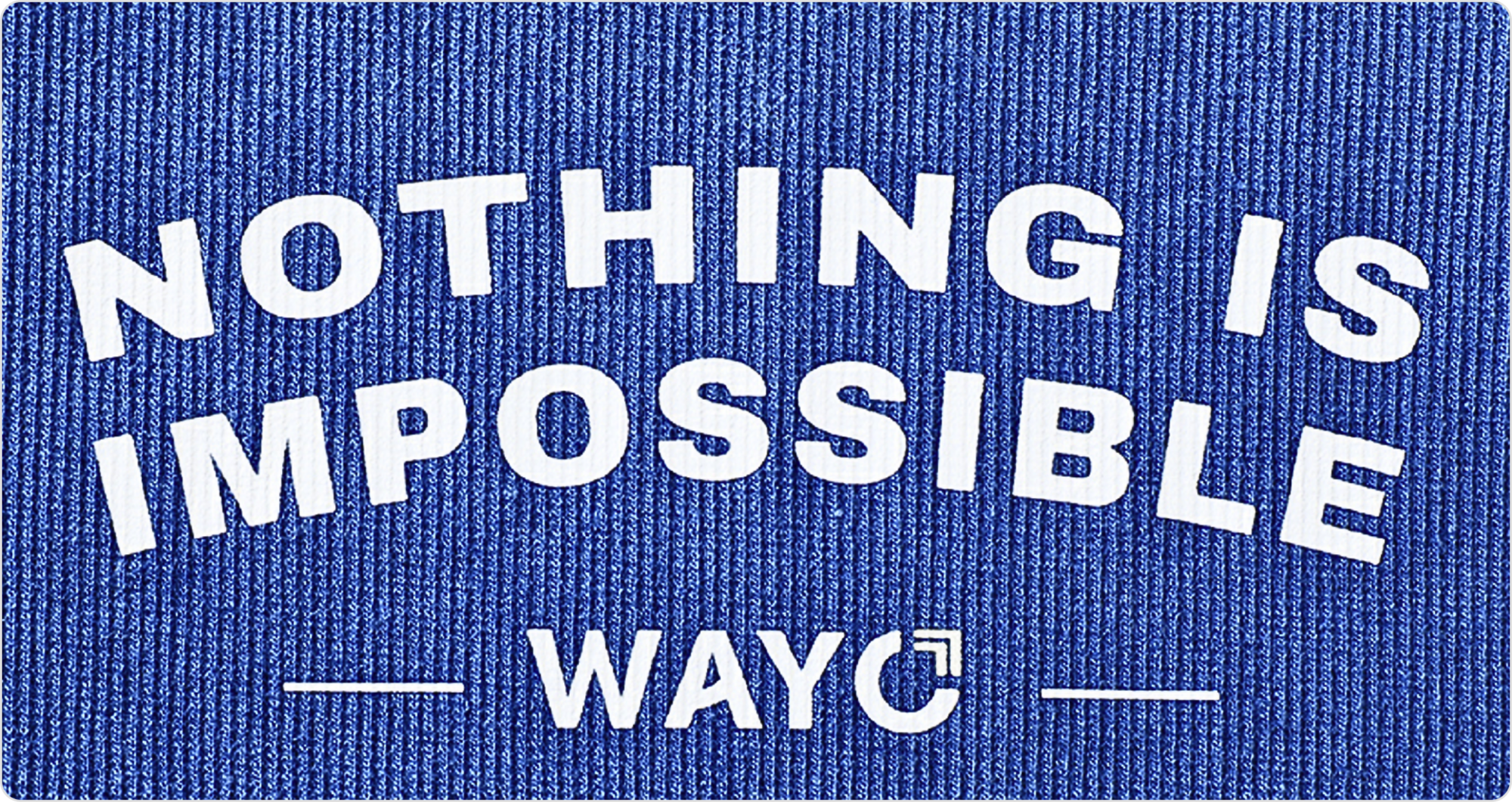Pad printing

Pad printing is a well-established printing method that prints 2D designs onto 3D objects.
By printing effectively on different materials and handling complex designs, pad printing is a great customization option for a broad range of 3D products.
Read on as we explore the pad printing process, examining its strengths, weaknesses, and best practices for creating effective designs.
What is pad printing?
Pad printing is a printing technique that uses a silicone pad to transfer ink from an etched plate (called a cliché) onto the surface of an object.
It’s versatile, as it can be used on a wide range of materials, including plastic, metal, glass, and even irregular surfaces.
How does pad printing work?
Pad printing is quite involved. The process involves transferring ink from an etched plate (called a cliché) onto the surface of an object using a soft silicone pad.
Here’s how it works:
- Creating the cliché: Your 2D design is etched onto a printing plate (the cliché), typically made of steel or photopolymer.
- Applying ink: The etched plate is filled with ink, and the excess is removed, leaving ink only in the etched areas.
- Picking up the image: A silicone pad presses down onto the cliché, picking up the inked image. The pad's soft, flexible nature allows it to conform to the cliché's contours, ensuring a clean ink pickup.
- Transferring the image: The inked pad then presses down onto the 3D object, transferring the image onto its surface. The silicone pad conforms to the object's shape, resulting in a clean and accurate image transfer.
What are the pros and cons of pad printing?
Pad printing offers a few advantages when it comes to customizing 3D objects:
- Versatility: Pad printing can be used on a wide range of materials, including plastic, metal, glass, and even irregularly shaped objects.
- Adaptability: The soft silicone pad can conform to the object's contours, ensuring consistent, accurate image transfer.
- Durability: Pad-printed designs can be long-lasting and resistant to wear and tear with the right inks and post-printing treatments.
Despite its benefits, pad printing has some limitations:
- Limited color options: It typically works best with a small number of colors, as each color requires a separate printing pass, increasing time and cost.
- Set-up costs: For smaller runs, the initial costs of preparing plates and pads can make this method less cost-effective than others.
- Surface preparation: Some materials require extensive pre-treatment to ensure the ink adheres properly, adding to the production process.
Which designs are best for pad printing?
When creating designs for pad printing, there are a few rules to abide by.
At Wayo, we recommend only using pad printing for simple, one-color designs to ensure the best possible results.
Some tips for designing for pad printing include:
- Keep it simple: Stick to designs with clean lines, solid fills, and minimal details.
- Use a single color: Pad printing works best with one-color designs, so choose your most impactful color wisely.
- Avoid gradients and complex blends: Gradients and intricate color blends can be challenging to reproduce accurately with pad printing.
By following these guidelines, you can create designs that are well-suited for pad printing and that will look great on your custom 3D products.
Ready to tap into the benefits of pad printing for your custom products? Explore our products to discover how we can help you turn your ideas into reality!